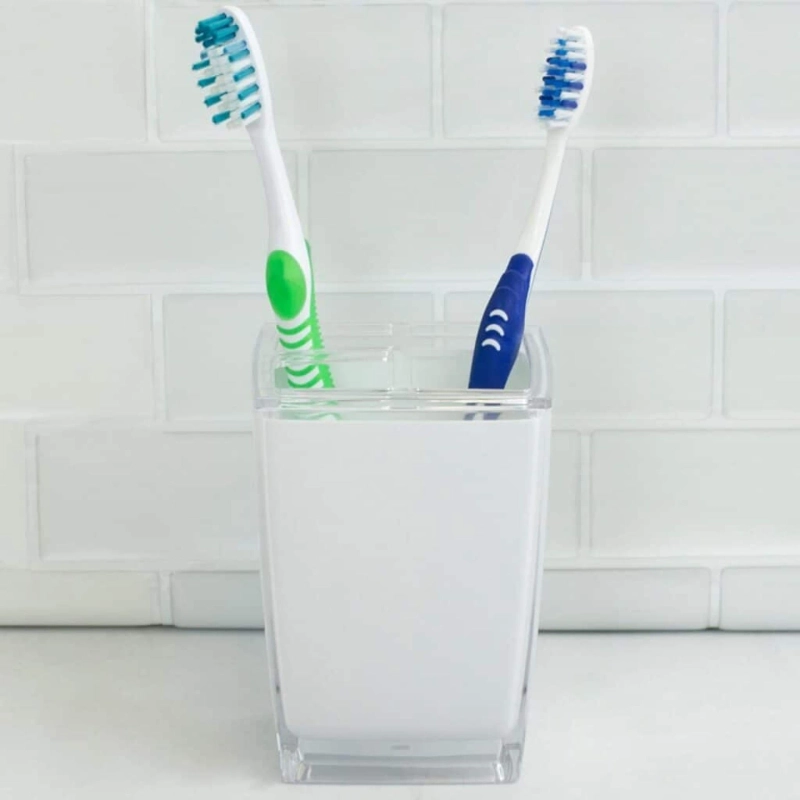Paternity testing is the process of determining whether or not a man is the biological father of a child. While this can be done through a number of different methods, the most common and accurate method is DNA testing. While paternity testing can be done for a number of different reasons, one of the most common is to establish child custody and visitation rights. If you are considering paternity testing, there are a few things you should know about how to do it discretely and why you would want to do so. We'll also discuss methods of testing paternity discretely, such as paternity testing using a toothbrush.
1) How to test for paternity discretely
If you are considering paternity testing, it is important to consider how you will go about doing so discreetly. One option is to use a home paternity test kit. These kits are available for purchase online or at some drugstores. Home paternity test kits work by collecting DNA samples from both the child and the potential father through a cheek swab. The samples are then sent off to a laboratory for analysis. The results of the test are usually available within 2-3 weeks.
Another option for paternity testing is to go through a private DNA laboratory. Private DNA laboratories offer peace of mind and privacy by allowing you to schedule an appointment for your paternity test at a time and place that is convenient for you. They will also send a trained professional to collect the DNA samples from both the child and potential father, which eliminates the need for you to do so yourself.
Collecting a DNA Sample for a Paternity Test Discretely
If you're wanting to test the paternity of a child without the participants knowing, then you should consider a paternity test using discrete samples. This might include paternity testing with a toothbrush, hair, fingernails, or even a razor. As long as the person you're wanting to test has come into contact with an item, it's a potentially viable sample for a paternity test. The DNA testing company should be able to pull DNA from the sample in order to build a genetic profile suitable for testing. The same should be done for the other participant so that a comparison can take place.
2) Why you would want to test for paternity
There are many reasons why someone might want to conduct a paternity test. As mentioned before, one common reason is to establish child custody and visitation rights. Paternity tests can also be used in situations where there is disagreement over who the father of a child is or in cases where there was no father listed on the birth certificate. In addition, paternity tests can be used in instances where child support payments need to be determined or when inheritance rights need to be established. Paternity tests can be conducted for a variety of reasons, but it is important to
consider how you will go about doing so discreetly if that is something that is important to you. Home paternity kits are one option, or you can use the services of a private DNA laboratory. Either way, make sure that you understand all of your options before making a decision on how to proceed with your paternity test.


